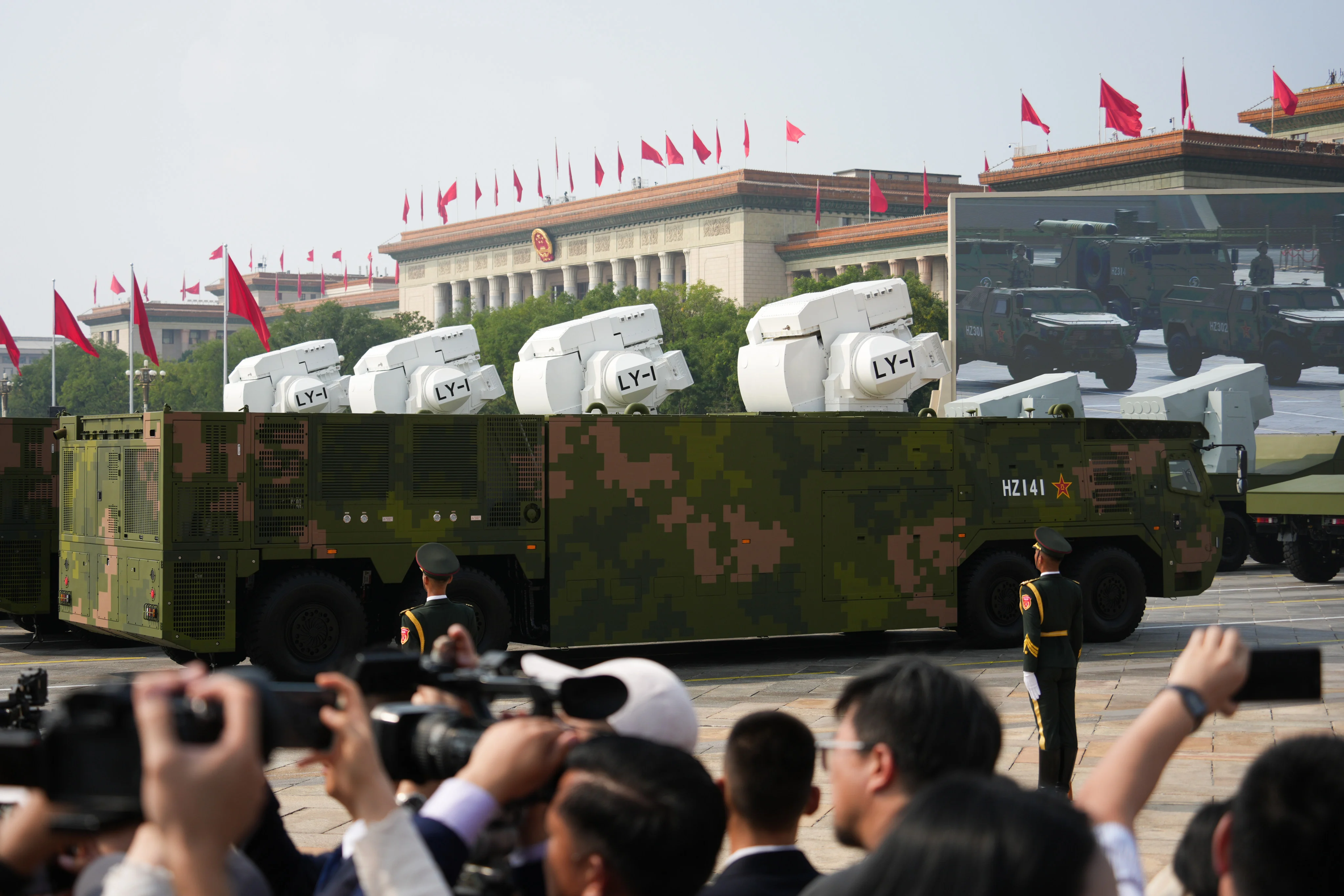By Zhao Ziwen
Copyright scmp

Pakistan is eyeing Chinese laser weapons, according to a former senior commander.
“In the coming days, high-energy directed weapons will be more prominent… I think the world is going towards this transition. Pakistan would love to see some integration [with China] into this area,” Ahmed Saeed, president of the National Institute of Maritime Affairs, said on the sidelines of Beijing’s Xiangshan Forum on Friday.
China’s LY-1 shipborne laser was among the weapons on display in this month’s parade to mark the 80th anniversary of the victory over Japan in World War II.
The weapon uses lasers or microwaves instead of conventional projectiles, and is designed to shoot down drones, blind sensors or disable electronics.
Beijing has said the lasers are already in service, but the ships upon which they are deployed have not been made public.
The laser is seen as Beijing’s answer to America’s High-Energy Laser with Integrated Optical Dazzler and Surveillance (Helios), which has been deployed aboard the Arleigh Burke-class destroyer USS Preble.
Pakistan, which has a close, long-term partnership with Beijing, fought a brief war with India earlier this year and shot down at least one Rafale fighter with a Chinese-made J-10C jet.
In the conflict, advanced and integrated weapons systems were credited with shooting down the French-made jet. Beijing later said it had developed a “kill chain” that allowed J-10Cs to to down more advanced fighters.
Saeed, a retired vice-admiral, said Pakistan wanted more “integrated” weapons systems – including software systems – to boost interoperability with China.
He was speaking at China’s largest military conference – days after Pakistani President Asif Ali Zardari became the first head of state to visit China’s largest maker of warplanes, the Aviation Industry Corporation of China in Chengdu.
“Our president’s visit to Chengdu was symbolic – a gesture of respect to the institutions that have contributed positively to our defence, while also an opportunity to see the progress of future military equipment,” Saeed said.
“This could pave the way for more integrated weapons purchases in the future. The integration could be of your hardware, software, so that the [defence system’s] interoperability could increase.”
Pakistan is the largest importer of Chinese weapons, accounting for 63 per cent of the country’s arms exports between 2020 and 2024, according to the Stockholm International Peace Research Institute (SIPRI).
The country is also a major destination for investment under the Belt and Road Initiative, but Chinese nationals have been repeatedly attacked by militant groups such as the Balochistan Liberation Army.
Pakistan has not agreed to allow Chinese military forces to be deployed in the country. Saeed said: “Sending only Chinese security personnel is not a lasting solution — it’s a temporary arrangement. It will be short-term — a year at best — and the same problems will recur. That is why Pakistan hesitates to accept short-term fixes.”
He also expressed concerns about Pakistani sovereignty, adding that a global approach, “ideally under the United Nations”, was the right way forward.
The country’s relationship with the United States has improved in recent months and Saeed also said Islamabad wanted to work with both Washington and Beijing to “share experiences, technology and intelligence on counter-terrorism”.
“I am pretty hopeful that we have a lot of common ground to talk about,” Saeed added.



